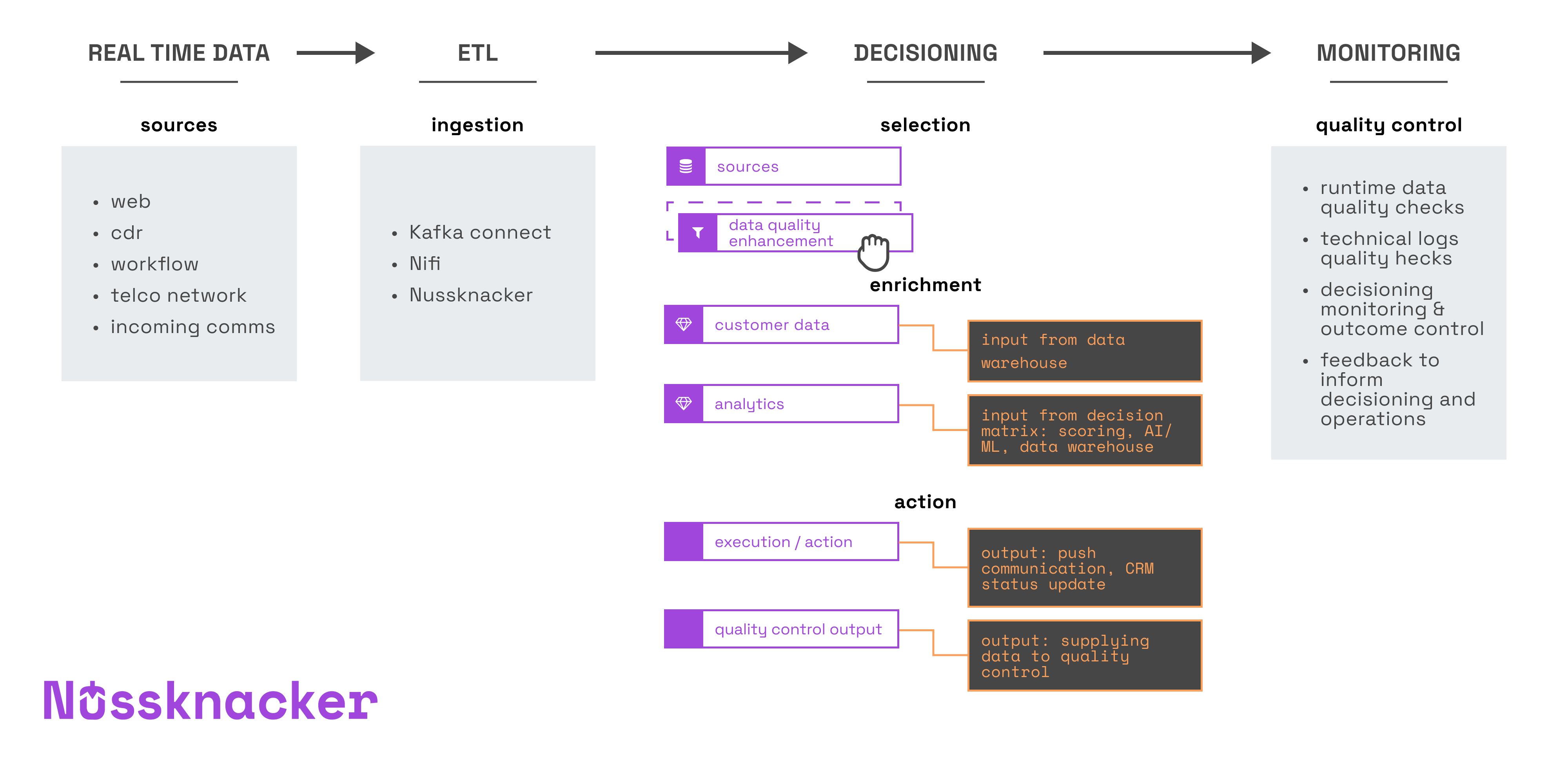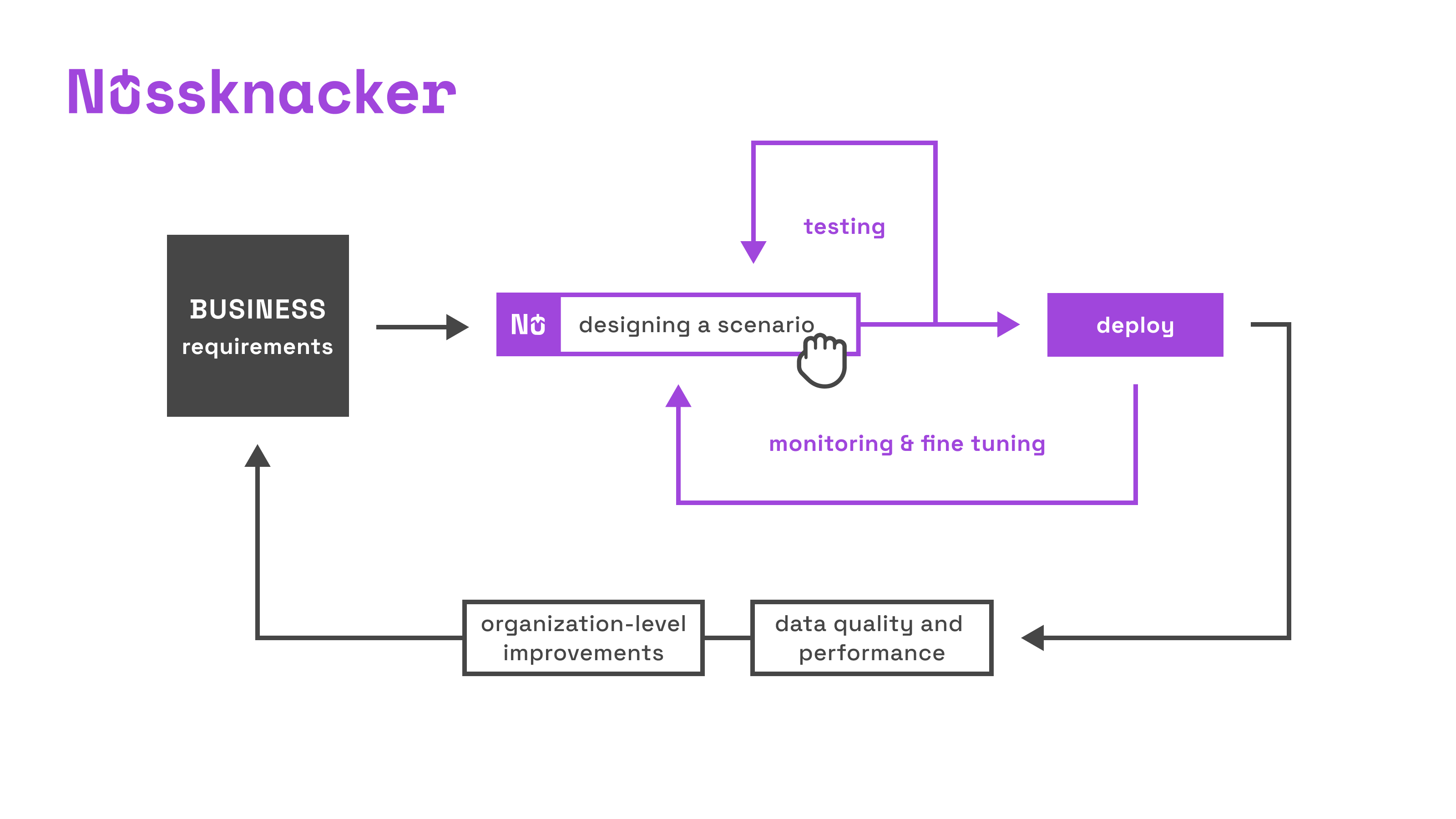Industry: Telecommunications
Services: wireless voice, messaging, and mobile internet
Company / Brand: Play (P4 Sp. z o.o. part of Iliad Group)
Customer base: 13 million active users
Peak throughput: 900k events per second
Average throughput: 400k+ events per second
 Campaign development cycle
Campaign development cycle